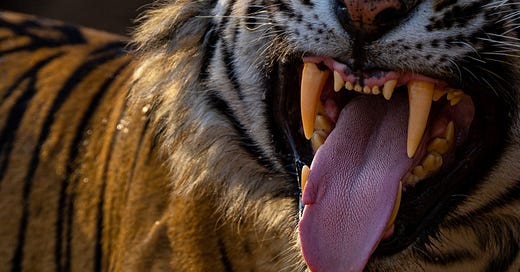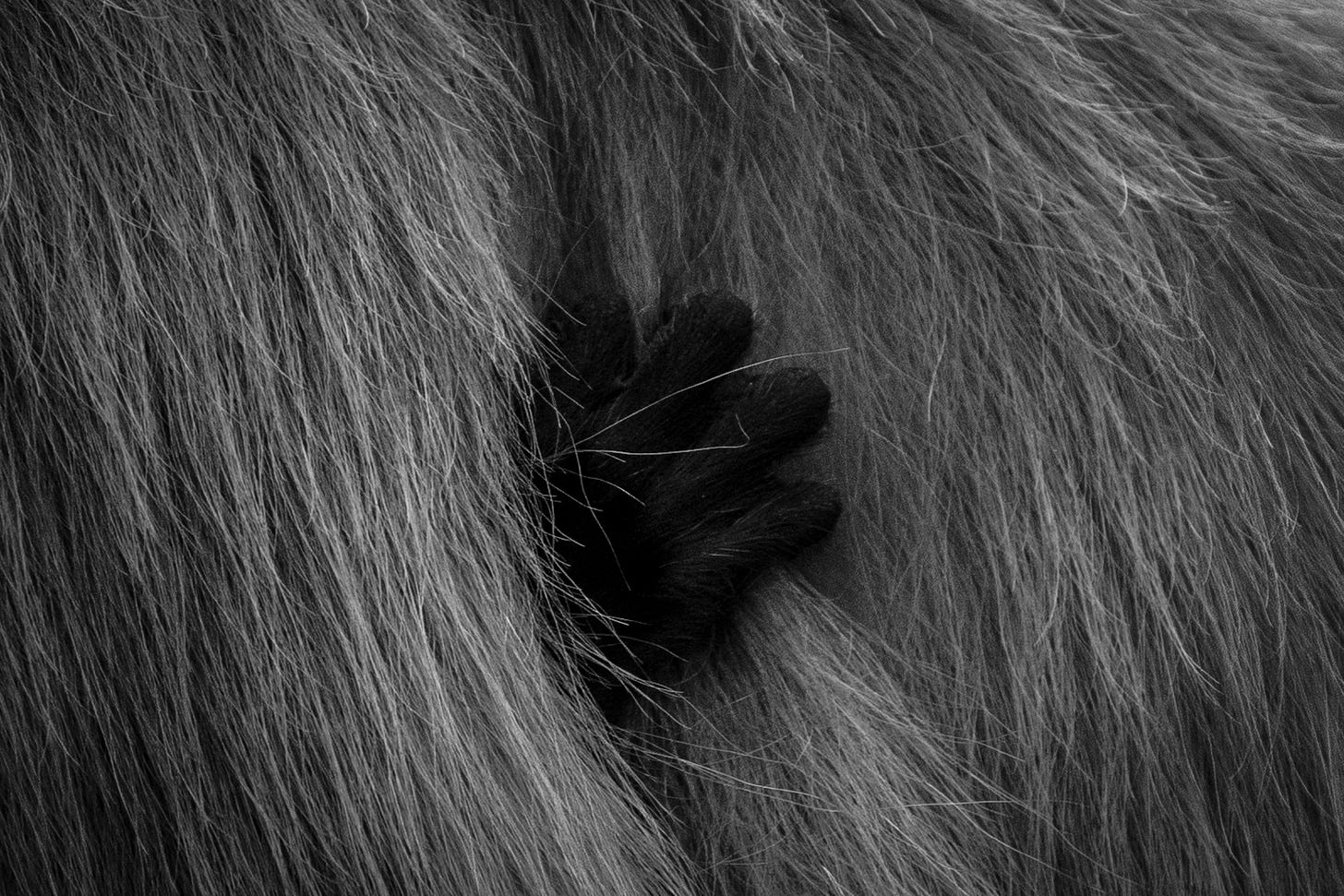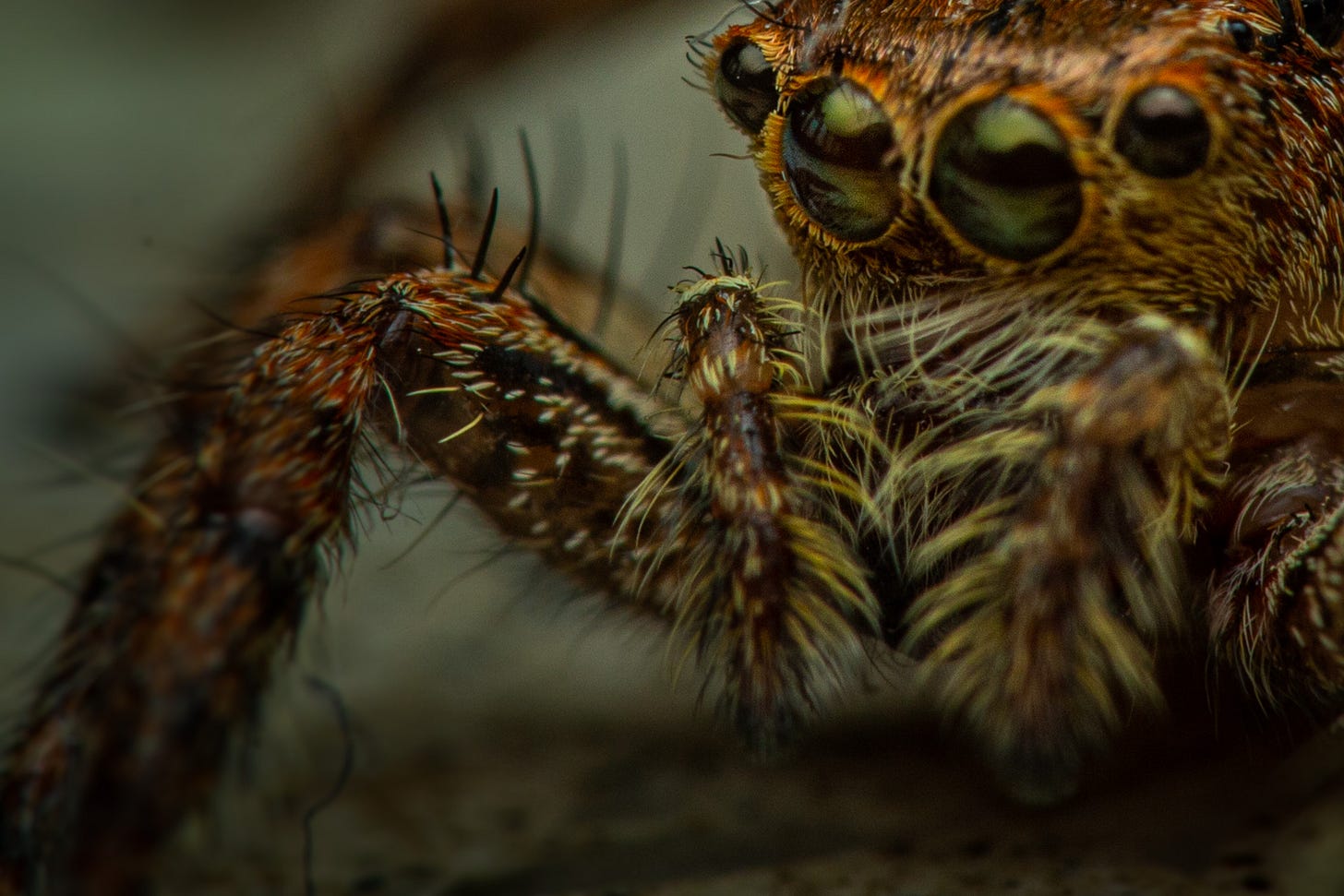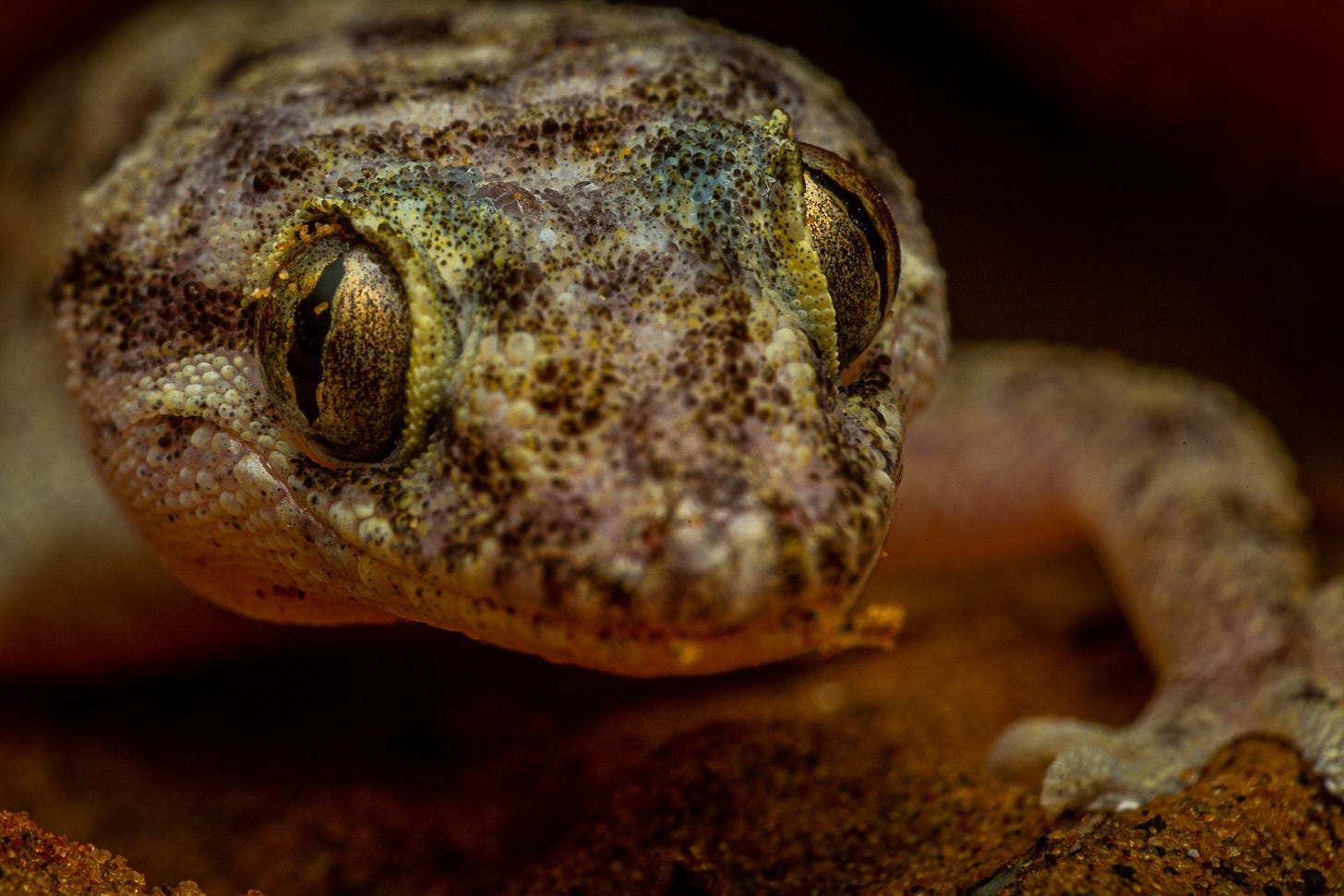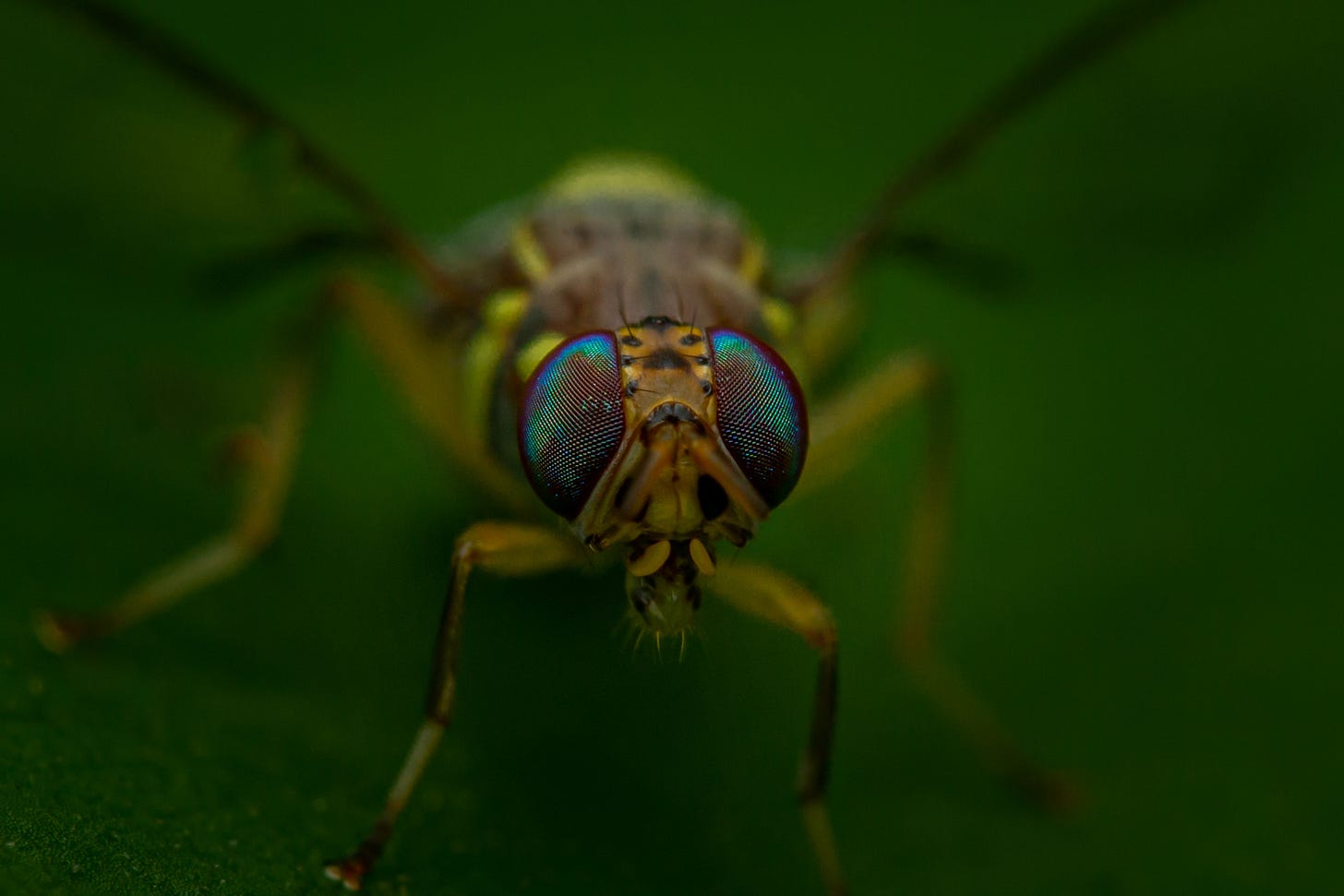Texture
Texture
Texture is the tactile quality of a surface. Essentially, it depicts how rough or smooth an object is. For photographers, textures are a unique means of drawing viewers' attention and engaging our audience. However, with a two-dimensional medium, it is often difficult to depict three-dimensional textures in your photographs.
Here are a few tips for using textures in photography
Lighting: Side lighting creates shadows that emphasize texture. Experiment with various angles and intensities of light to highlight the surface details effectively.
Getting Up close: Getting close to your subject helps you capture intricate details. Use macro or telephoto lenses to focus on small textures, like the intricate patterns on a leaf or the grains in wood.
Blur: Use a shallow depth of field (a wide aperture) to blur the background, making the texture in the foreground stand out.
Post-Processing: When editing, you can enhance texture by increasing contrast, sharpness, and clarity. Experiment with these settings, but ensure you don't overdo it to maintain a natural appearance.
Texture is a multifaceted element that photographers harness to engage our audience. By mastering lighting, composition, and post-processing, you can use texture to elevate your images. So, the next time you pick up your camera, pay attention to the textures around you and let them enrich your photographs.
Thanks for reading Scientia Šerida! Subscribe for free to receive new posts every week!
Did you enjoy this issue? Share it with a friend who might love it too.
For similar posts browse Scientia Šerida Archive
Find me on Instagram as @dhruv_matthan

